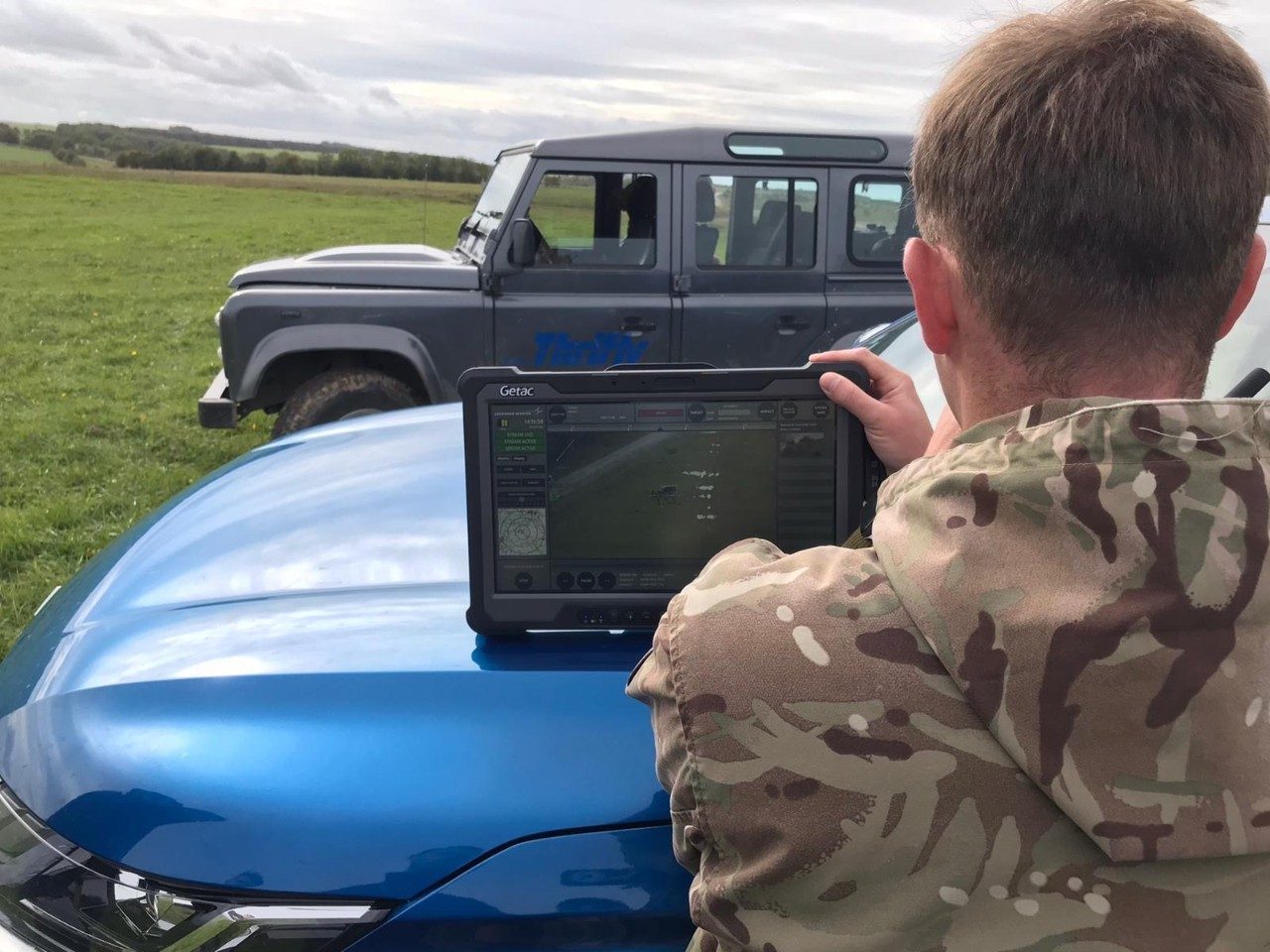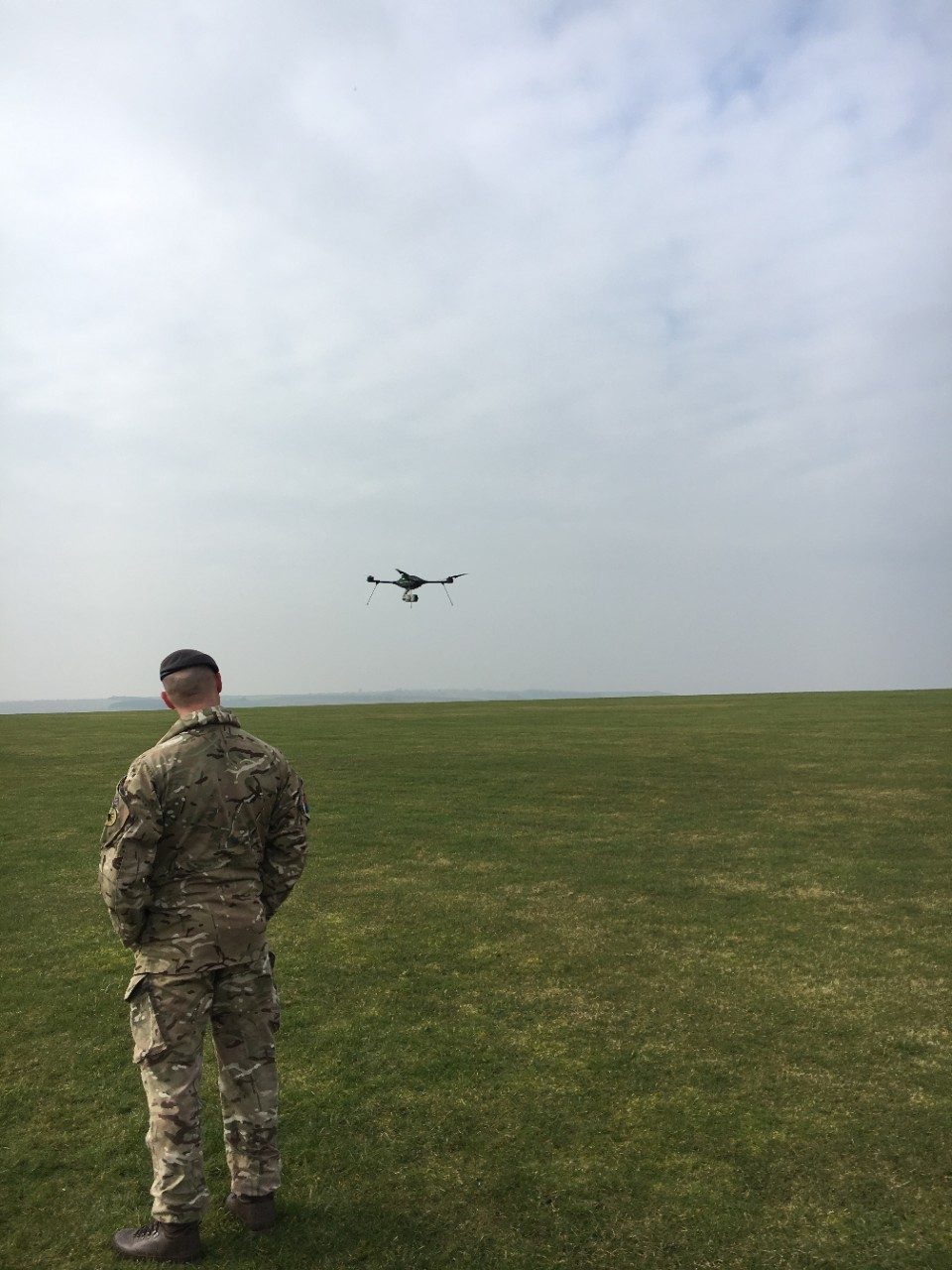LARES - Command and Control of the UAV Fleet
Lockheed Martin’s LARES Intelligence, Surveillance, Target Acquisition and Reconnaissance (ISTAR)/Situational Awareness (SA) system provides an aerial unmanned Intelligence, Surveillance, and Reconnaissance (ISR) service to the warfighter. LARES is a networked IT service, which enables access to Unmanned Air Vehicle (UAV)-gathered video and intelligence to troops across the battlespace, from Brigade and Battlegroup HQs to dismounted troops at the front.
Incorporating Lockheed Martin’s Versatile Control System International (VCSi) Common Ground Control System (GCS) system, LARES enables multiple UAVs (Lockheed Martin and third-party) to be monitored and controlled from the remote HQ positions, offering commanders a complete view of current UAV operations across the battlesp

Features
- Remote Command and Control (C2) of multiple unmanned vehicles from a single platform.
- Situational awareness (SA) across managed unmanned assets.
- UAV video and intelligence sharing, to augment the analyst.
- Automated threat detection with machine learning.
- Targeting and Fire Correction.
LARES leverages NATO standards in UAV data protocols in order to offer support to a wide range of UAV types, offering an open system approach to UAV management and ISR services at a UAV fleet level. LARES incorporates Machine Learning technology to provide automated aids to the user, highlighting and pinpointing potential threats seen in the environment. LARES is a networked IT solution, agnostic of individual comms bearers and radio types.
How It Works
- Reduces time to act given shared SA from all unmanned assets in the battlespace.
- Capable of supporting the analysis of imagery from virtually any source (aerial video from fixed and rotary wing aircraft, static CCTV cameras, armoured vehicle sights, etc.).
- Unconstrained sharing of unmanned asset footage across battlespace and back to HQs.
- More efficient utilisation of unmanned assets across the battlespace by planning and managing the deployment of all unmanned assets in a single, shareable, environment.
- Increased force generation capability with respect to unmanned assets with easy integration of any unmanned asset.




